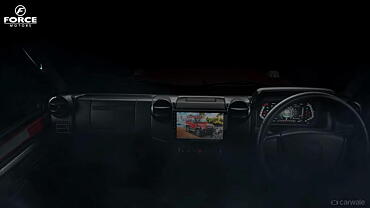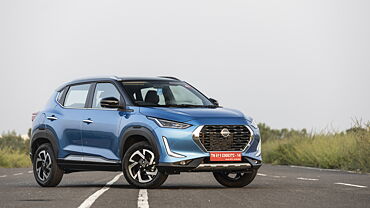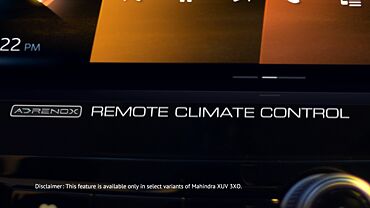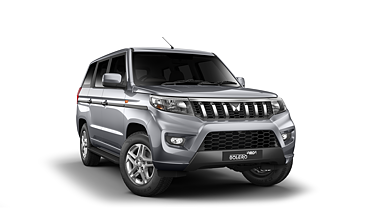(Fortune Magazine) -- As the lighting dims in the auditorium of California's Computer History Museum, a four-foot-tall robot, Asimo, strolls onto the stage. "Hello, Tiffany," Asimo greets its human assistant, in a voice slightly too flat to be human. "It's nice to see you." After a little more chitchat - Asimo, a polite sort, is thrilled to be in San Jose - the robot shows off some tricks. It balances on one foot, kicks a soccer ball, sidesteps in two directions, and climbs up and down stairs. For its final stunt, Asimo jogs around the stage, legs churning and arms pumping, leaving the ground between each stride - just the way a human would.
Asimo (derived from "advanced step in innovative mobility") is a remarkable technical achievement. Just balancing on one foot requires the constant adjustment of 34 small electric motors. Asimo can also move to a pointed direction, recognize faces, and distinguish sounds. The product of two decades of work by Honda engineers, Asimo is, in its unassuming way, very cool.
Yet with the auto industry in turmoil brought on by global warming and $100-a-barrel oil, why is Honda playing with robots? Or, for that matter, airplanes? Honda is building a factory in North Carolina to manufacture the Hondajet, a sporty twin-engine runabout that carries six passengers. Or solar energy? Honda has established a subsidiary to make and market thin-film solar-power cells. Or soybeans? Honda grows soybeans in Ohio so that it can fill up cargo containers being shipped back to Japan. The list goes on. All this sounds irrelevant to a company that built some 24 million engines last year and stuffed them into everything from cars to weed whackers.
But Honda makes it work; in fact, its research operations are one of the secrets to its success. For example, Honda researchers were curious about how the human brain reacts to images. They found that people recognize faces, especially angry faces, more quickly than other images. Honda has incorporated this research into its motorcycle designs (like that of the DN-01). By designing the front of the bike to evoke the features of the human face, Honda believes that other drivers will recognize the presence of a motorcycle more quickly and therefore lead to greater traffic safety.
Along with Toyota and BMW - the only other car companies to crack the top 20 among the World's Most Admired Companies (see chart) - Honda Motor (HMC) has a record of excellence. Since 2002 its revenues have grown nearly 40%, to $94.8 billion. Its operating profits, with margins ranging from 7.3% to 9.1%, are among the best in the industry. Propelled by such perennial bestsellers as the Accord, the Civic, and the CR-V crossover, and spiced with new models like the fuel-sipping Fit, Honda's U.S. market share has risen from 6.7% in 2000 to 9.6% in 2007.
The numbers speak for themselves. What they cannot express is the extent to which Honda's success is due to its willingness to let its engineers, well, dabble. Unlike Toyota (TM), which is stodgy and bureaucratic, Honda's culture is more entrepreneurial, even quirky. Employees are paid less than at the competition, and advancement is limited, given Honda's flat organization. Their satisfaction and fierce loyalty to the company come from being around people like themselves - tinkerers who are obsessed with making things work.
The irony is that Honda's habit of looking into odd corners has given it a significant advantage in the industry's biggest challenge: finding a replacement for the gasoline-powered internal-combustion engine. Honda has expertise in half-a-dozen technologies, ranging from batteries to biofuels, giving the company a good chance of finding the right solution. "I would rank them at or near the top in gasoline engines, at or near the top in fuel cells, at the top in compressed natural gas, and No. 2 in hybrids, behind Toyota," says Mike Omotoso, senior manager of global powertrain forecasting at J.D. Power & Associates in Detroit. "Honda is trying to cover all the bases."
On fuel cells, Honda is literally years ahead of the competition. The FCX Clarity will go on sale in California this summer. It is powered by a fuel cell that uses no gasoline and emits only water vapor. Though mass production is at least a decade away, the Clarity is no mere test mule. Elegant and efficient, its hydrogen-powered fuel-cell stack is small enough to fit in the center tunnel - a significant improvement over other, bulkier power packs - and robust enough for a range of 270 miles.


























